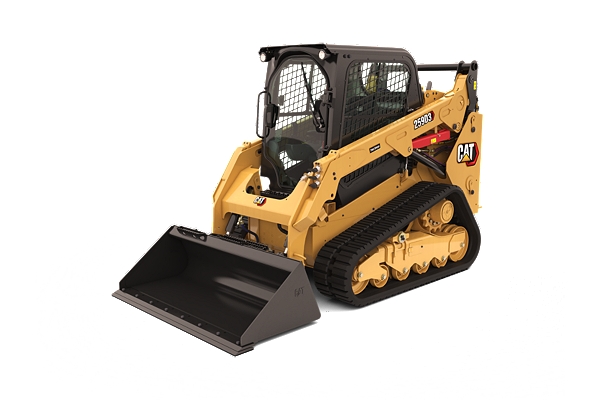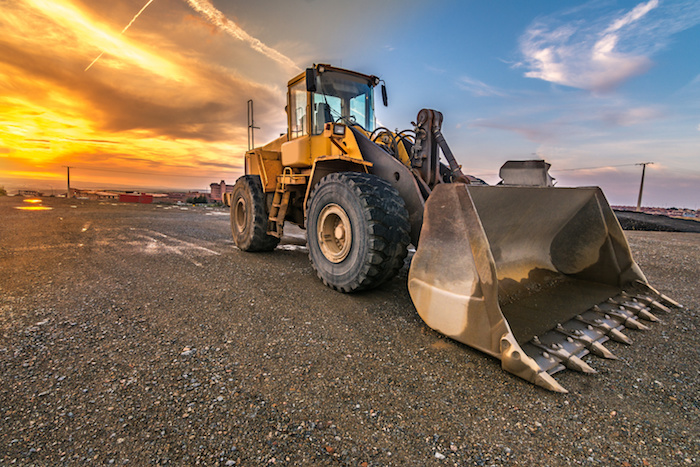Reliable Construction Equipment Rentals for Your Projects
Reliable Construction Equipment Rentals for Your Projects
Blog Article
Renting Vs. Acquiring Building Devices: Making the Right Selection for Your Project
When beginning on a building and construction project, one of the vital decisions that project managers and stakeholders encounter is whether to acquire or rent out building equipment. The choice hinges on different elements such as expense factors to consider, task period, devices maintenance, scalability, flexibility, and risk management.
Expense Considerations
When reviewing the economic facet of buying versus leasing building and construction devices, the long-lasting expenses and upfront prices have to be meticulously thought about. Renting out tools often requires reduced preliminary payments compared to purchasing, making it an appealing alternative for temporary jobs or service providers with spending plan constraints. Renting out removes the requirement for large resources expenses and minimizes the monetary danger related to tools possession, such as upkeep and depreciation prices. Nonetheless, in the future, consistently renting out tools can accumulate higher expenses than acquiring, especially for prolonged tasks.
On the various other hand, buying construction equipment entails greater upfront prices yet can lead to long-term cost savings, specifically for lasting projects or constant users. Having devices offers flexibility, convenience, and the possibility for resale value once the task is completed. In addition, having devices enables customization and knowledge with certain machinery, possibly increasing efficiency and efficiency on-site. Eventually, the decision between acquiring and leasing building equipment rests on the project's duration, frequency of use, budget plan factors to consider, and long-term economic objectives.
Project Period

Conversely, for long-lasting jobs or continuous building job, getting equipment could be the extra economical choice. Buying equipment can cause cost financial savings over time, especially if the tools will be regularly made use of. In addition, having tools provides a sense of control over its availability and enables personalization to fit certain project needs.

Equipment Maintenance
Provided the crucial role project period plays in identifying the most economical strategy in between purchasing and renting out building devices, the focus currently shifts in the direction of taking a heavy equipment rental look at the crucial aspect of equipment maintenance. On the various other hand, owning tools needs a positive technique to maintenance to prevent break downs, guarantee security, and expand the tools's lifespan. Eventually, a properly maintained construction devices fleet, whether rented out or possessed, is essential for the effective and efficient conclusion of construction projects.
Flexibility and Scalability
In the realm of building devices management, the aspect of versatility and scalability holds substantial value for job efficiency and source use. Opting to lease building and construction equipment gives a high level of versatility as it permits the fast change of tools kinds and amounts based on the advancing needs of a job. Leasing allows contractors to access a broad array of customized equipment that may be needed for particular jobs without the lasting dedication of possession. This flexibility is specifically advantageous for projects with differing demands or unsure durations (aerial lift rental).
Leasing building and construction equipment provides the benefit of quickly scaling operations up or down as task demands fluctuate. Contractors can quickly include or exchange equipment to match the task's altering demands without the constraints of having properties that might come to be underutilized or out-of-date.
Risk Management
Effective threat management in building and construction devices procedures is extremely important to making sure job success and mitigating prospective economic losses. Construction tasks naturally include various threats, such as tools failures, accidents, and task delays, which can substantially impact the task timeline and budget. By meticulously considering the threats related to owning or renting building devices, task managers can make informed decisions to lessen these potential dangers.
Leasing building and construction equipment can provide a level of risk reduction by transferring the responsibility of maintenance and repair work to the rental company. This can reduce the financial worry on the project owner in case of unexpected equipment failings (boom lift rental). Furthermore, renting out supplies the adaptability to access specialized tools for particular project phases, reducing the risk of owning underutilized equipment
On the other hand, possessing construction equipment provides a sense of control over its use and maintenance. Nonetheless, this additionally means bearing the full responsibility for repair work, maintenance prices, and depreciation, enhancing the financial threats related to tools possession. Mindful danger evaluation and consideration of variables such as task duration, equipment use, and maintenance demands are vital in identifying one of the most ideal option for efficient risk management in building and construction jobs.
Final Thought
To conclude, when choosing between acquiring and renting out building and construction tools, it is necessary to take into consideration expense, job period, devices maintenance, danger, scalability, and adaptability management. Each factor plays an essential duty in identifying the most suitable alternative for the task handy. By very carefully assessing these facets, task supervisors can make an educated choice that lines up with their budget, timeline, and general task goals.

Report this page